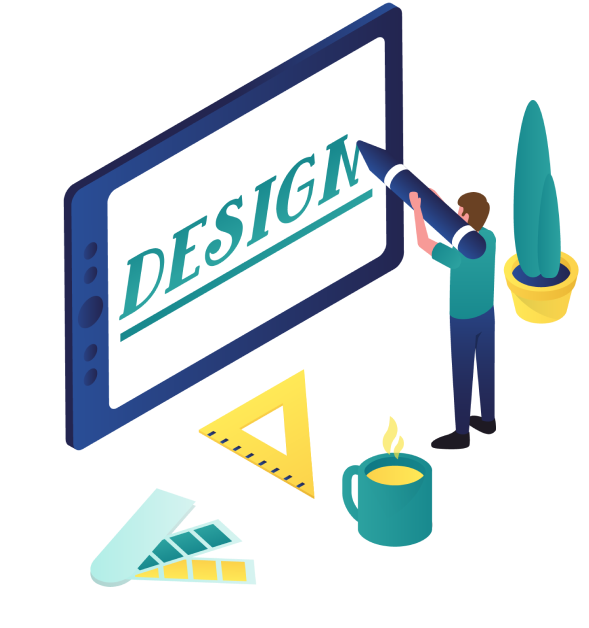How to Create Flyers and Business Cards for Your Business: A Step-by-Step Guide
Your business needs the right tools to be promoted well. Business cards and flyers are two of the best tools you can use for marketing. Because these materials are physical symbols of your brand, you need to give them careful thought when you create them. In this guide, you’ll learn how to make business cards and flyers that look professional and will help you stand out in a crowded market.
Understanding the Purpose
It’s important to know what your business cards and flyers are for before you start designing them. Business cards are essential for networking and making a good impact, while flyers are usually used to advertise special events, sales, or services. Both should show who you are as a business and get your point across clearly and briefly.

Designing Your Flyer
Choosing the Right Size and Format
They come in different sizes, but the most popular ones are A4 (8.27 x 11.69 inches) and A5 (5.83 x 8.27 inches). Choose a size that works for the way you want to send it and the amount of information you need to include.
Crafting a Compelling Headline
People will notice your title first. Get people’s attention and make sure it fits with your message. Keep it short and use strong, action-oriented words.
Writing Engaging Content
Make sure your writing is clear and to the point. Use bullet points to make it easy to read and draw attention to the best things about your product or service. If it makes sense, include recommendations or quotes.
Incorporating Eye-Catching Visuals
Adding good pictures and graphics to your flyer can make it look a lot better. Make sure that they fit with your idea and help it get across. Try not to add too many pictures to the design.
Including a Call to Action
Important is the presence of a powerful call to action (CTA). Regardless of whether it is “Visit our website,” “Call now,” or “Join us at the event,” you should make sure that it sticks out and encourages the reader to take quick action.
Designing Your Business Card
Choosing the Right Dimensions
In general, the measurements of a business card are 3.5 inches by 2 inches. Wallets and cardholders are able to accommodate this size, which makes it handy for the person who will be receiving it.
Selecting the Information to Include
Include information that is necessary, such as your name, title, the name of your firm, your phone number, your email address, and your contact information. You may also include a QR code or handles for social networking platforms, depending on the nature of your company.


Designing the Layout
Maintaining a neat and orderly structure is crucial. Take your card and divide it into pieces, making sure that each portion has information that is clearly visible. By using both sides of the card, you may prevent the card from being overcrowded.
Choosing Fonts and Colors
Choose fonts that are easy to read and also convey the personality of your brand. It’s important to use colors that match your brand’s color scheme. It’s important to have contrast for readability, so make sure to choose colors that are easily visible against the background.
Adding a Personal Touch
Why not try adding a personal touch to your card? It will definitely make it more memorable! You can choose to include a unique design element, a catchy slogan, or even a professional photo of yourself.
Take you
BUSINESS
to the Next Level
Printing Your Business Cards and Flyers
Choosing a Printer
I suggest choosing a printer that has a good reputation and provides excellent printing services. Make sure to read reviews and, if you can, ask for samples.
Paper Quality and Finishes
The quality of the paper you use can have a big impact on how people perceive your business cards and flyers. When selecting paper, opt for a durable and high-quality option. You may also want to think about finishes such as matte, glossy, or embossed to add a professional touch.
Distribution Strategies

Hand-to-Hand Distribution
This method works well for events or locations that have a lot of people walking around. Personal interaction and immediate feedback are both possible with it.
Placement in Strategic Locations
You should consider placing your flyers in places that your target audience often visits, like cafes, community centers, and bulletin boards.
Including in Mailers
You can include your business cards and flyers in mailers that you send out to potential clients. Using this approach can help you expand your audience and add a personal element to your interactions.
Conclusion:
When it comes to creating effective business cards and flyers, it’s important to approach the task with careful planning and attention to detail. To create promotional materials that enhance your brand’s visibility and appeal, it’s important to understand your purpose, create compelling designs, and use the right tools and strategies. Why not start designing today and see how it can help your business grow?
